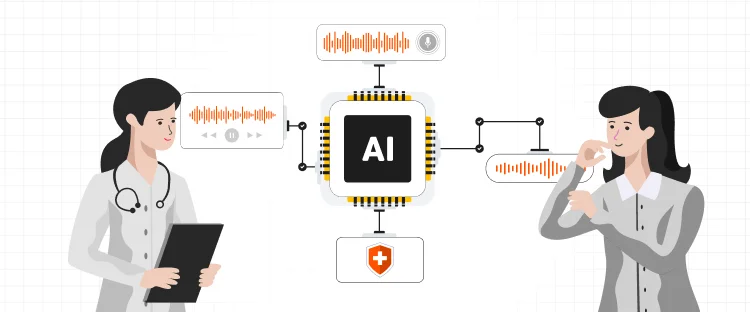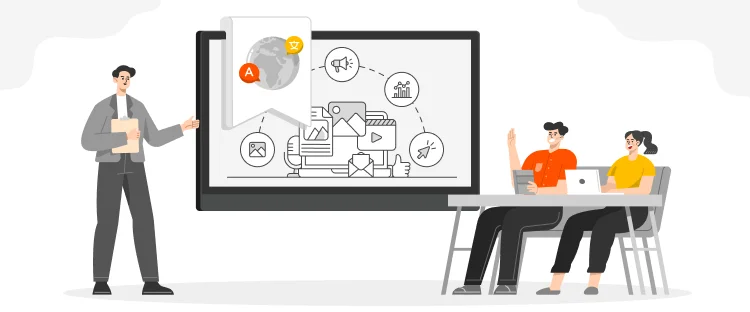By: Shahzad Bashir Posted on Tue, 18-08-2015

Software localization means translating a process of adapting software interface and messages to particular languages, cultures and desired local look and feel. It is a complex process. According to Susan Armstrong, simple translation implies terminology research, editing, proofreading and page layout. Localization, in addition, tends to involve additional activities, such as: Multilingual project management, Advice on translation strategy, Conversion of file formats in which material is held, Alignment and maintenance of translation memories, Software and online help engineering and testing, multilingual product support. Software localization, in essence is making versions of software products available in multiple languages, so it can be used by consumers internationally. Localization is often a substantially more complex issue.
It can entail customization related to:
Numeric, date and time formats;
Use of currency;
Keyboard usage;
Collation and sorting;
Symbols, icons and colors;
Text and graphics containing references to objects, actions or ideas which, in a given culture, may be subject to misinterpretation or viewed as insensitive;
Varying legal requirements and many more.
A recent study by Gartner shows that over 268 billion downloads worldwide will generate $77 billion worth of revenue by 2017. The best way to cater to global markets and customers is to offer your software in your customers’ native language. There is also a survey recently by Common Sense Advisory, they found that more than half of global consumers only buy products from websites that provide information in their own languages. And more than half of the countries on the top 10 list for application download and revenue are non-English speaking countries from Europe and East Asia. Numbers always tell the simple truth, which is your software needs to be localized, it’s now or never. But don’t panic, here are some crucial elements you should think clearly and take proper actions, as soon as possible.
As you have already realized the importance of localizing your software, set up a consultation with a localization expert who will be able to analyze the specific requirements your product will need before starting your localization projects. And you will have to work with engineers to analyze the source code and identify the content you want to be translated and other formats to be localized.
First and foremost, software localization is more than just text translation. The word translation is fairly literal; “word to word”. Localization is a more involved process and it can apply to any type of content based on what your business objectives are. The key point is that your target-language version will often not be a literal translation. For instance, if you want to convey the phrase "Like father, like son" in Chinese, it would read as something like "Tigers do not breed dogs." Although this doesn't match up with the source content, it has the same connotation in the target culture. What’s more, localization affects more, and it can drive customers’ action. Or you can say, localization is more marketing oriented.
For years, companies still believe that software localization work can be completed in the last minute before the release of their products. Yes, you can still do that only there won’t be much effect as you have wished. Why? As technologies grow, localization is becoming more and more labor-intensive just like the process of developing software. All works including localization should be planned ahead to produce a quality product.
Your developing and marketing works will proceed much more fluently with a well-planned localization schedule. First you will need to determine the release dates for your software before the localization work start. Developers also need to set the further development dates before localization. If you want all the target languages to be released together, the localization engineers can provide you an accurate agenda.
Test plans are usually updated to reflect the changes. It’s a record of previous discussions and agreements between the testers and the rest of the project team. So, never forget to re-use your base language test plan during the localization process with the local languages to ensure the same level of end product Quality.
By taking the points above to heart, you will have your software with multiple language versions in no time. Investing care and thought into the execution will guarantee your software a good start and successful cycle in the international market.

Many global companies, foreign governments and Iranian are hoping to see an increase in investment in Iran after declaring the
Read More
Artificial intelligence has taken a big space in almost every industry. There is also a widespread acceptance that AI is
Read More
Persuasion is all about manipulating other people behavior. At first it might sound immoral but it doesn’t have to be.
Read More
Now days everyone is searching for good ideas for their company they wanted to be more creative, they wanted to
Read More
Technology has now much diverse roots in this age of development. Now it is not wrong to say, that you
Read More
Localization is the practice of altering the functional properties of a product and also its characteristics. This is easily done
Read More
It is very important to know the fast and fearless front-facing trends of marketing your business in the digital age.
Read More
Nigerian Customer Purchasing Trends – All You Need To Know To Increase Your Sales! Online shopping is one of he many
Read More
Online Customer Purchasing Trends – Why the Polish Market Is Good For Your Sales? The Polish consumers are one of the
Read More


Document Translation
Professional document translation by native expertsApp Localization
Get more downloads by adapting your app for different target marketsVideo Translation
Multilingual translation and subtitling servicesWebsite Localization
Adapt your website into multiple contexts for global reachSoftware Localization
Adapt your software for global usersGame Localization
Reach new players with localized gameplayMTPE
Refine AI translations for natural fluencyBusiness Translation
Professional translation for business documents and websitesDTP & File Conversion
Professional DTP and File conversion, supporting multiple file formatsProofreading
Perfect your content with expert review© Copyright 2025 MarsTranslation